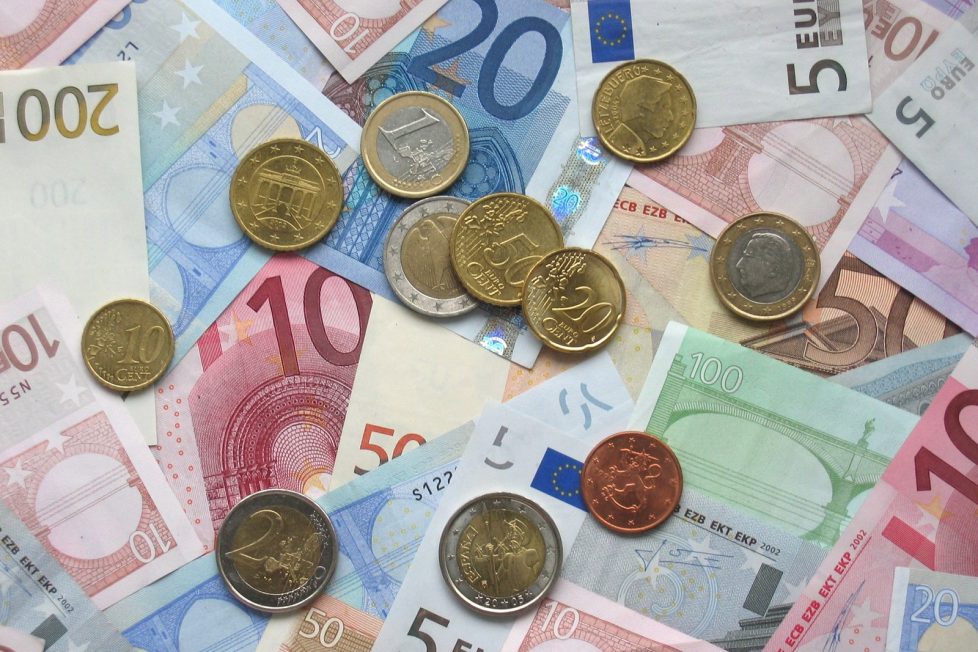Dear Friends,
The state of the economy worries me.
Last week’s Monetary Policy Statement (click here) reads mildly positive in its tone, but the finer print is not so rosy. The State Bank noted that due to shocks in cotton production and contraction in large scale manufacturing, the government will not meet its economic growth target of 3.5% for FY20. Although they did not revise their inflation forecast of 11-12%, they noted that there are near term risk of higher inflation due to food price shocks and a potential increase in utility prices. We know that both of these factors, especially higher utility prices are not just some low probability risks but most likely scenarios. This suggests that inflation might actually overshoot SBP’s targets. Economic growth slower than expected, and inflation higher than expected – is not a good outcome. By the time I finished this post, the provisional inflation number for January 2020 came out. Inflation increased by 14.5% – the highest level since December 2010.
The positive developments noted by the MPC were the reduction in current account deficit, stable exchange rate (through inflows of foreign capital in the domestic bond market – now $2.9bn) and an improvement in IBA-SBP survey of business confidence. I concur with the first two observations. IMF also mentioned these in their review of Pakistan’s Extended Fund Facility (click here). The third, i.e. improvement in business confidence is a bit incredible (I would love to see the sample of the survey).
I agree that the Fund’s administered and SBP executed stabilization program is working. The economy is stabilizing after 2018’s balance of payment crisis. Consequently, the cyclical mean revision trade in Equities might be in play at some time. Boom and bust cycles have happened with so much regularity that I think in this case, the market’s Pavlovian reaction might have come a bit prematurely. There could be a rude reaction in the market next week on the back of January inflation numbers.
The general understanding is that the SBP likes to keep real interest rates of 2%. However, with inflation at 14%, the current real rate (albeit based on historical inflation rate) is in the negative (I am conscious that the Governor SBP has explained that the real rates are calculated on future expected inflation rather than current levels).
I think it is naive to expect that the Fund’s stabilization program would assist in solving real economic problems. The problems are much deeper. Also, I struggle to find any example where IMF advice has helped a country break the debt trap. In my opinion, the biggest threat to the economy is the rising public debt levels. The total public sector debt will reach 100% of GDP by the end of this year. I fear that driven by political alignment with the US, the donor agencies will be trigger happy in approving additional loans. Pakistan’s economy has never really recovered from the Dutch disease.
Private capital formation is stifled by over-regulation and entangled by layers of bureaucracy. Post the 18th Amendment, the layering of bureaucratic layers has multiplied. The tax authority has been given such ambitious targets, that they have gone berserk with adding new taxes. This will lead to further inflation. The government will have to ask the Fund to give an additional waiver on the revenue target.
The privatization of state-owned entities is the only option remaining on the table. So I expect an acceleration on that end. Perhaps this will also push the government to finally resolve the issues blocking the sale of Karachi Electric to Shanghai Electric.
I am no pessimist.
I think Pakistan has a unique opportunity to leverage digital technologies to leapfrog legacy infrastructure and to exploit efficiency gains and attract foreign investment. It is imperative that the government focuses on attracting investment (i.e. equity) rather than take on more debt. There is an additional opportunity created by improvement in the relationship with the US. Historically, this has been the biggest source of liquidity in the economy. The only way to benefit from these two opportunities is to focus on encouraging private sector capital formation. However, I am afraid that the bureaucracy and the government have no expertise in this. In my opinion, the incumbent infrastructure run by ex-World Bank/IMF has a natural debt bias based on their experience and historical institutional relationships. This is a fault and not merit.
The political implication of stagflation is hard to ignore. It will be the key challenge for the government and the central bank over the next six months. Unless the economy can break the entanglement, Pakistan will remain a cyclical trade. Boom bust cycles could get even shorter and more volatile. The silver lining is the windfall gain from improvement in the relationship with the US and privatization proceeds.
I am, yours truly,
Ali Farid Khwaja
Director
Khadim Ali Shah Bukhari Securities
* This is not research material and there is no investment recommendation in this blog. These are my personal views.

